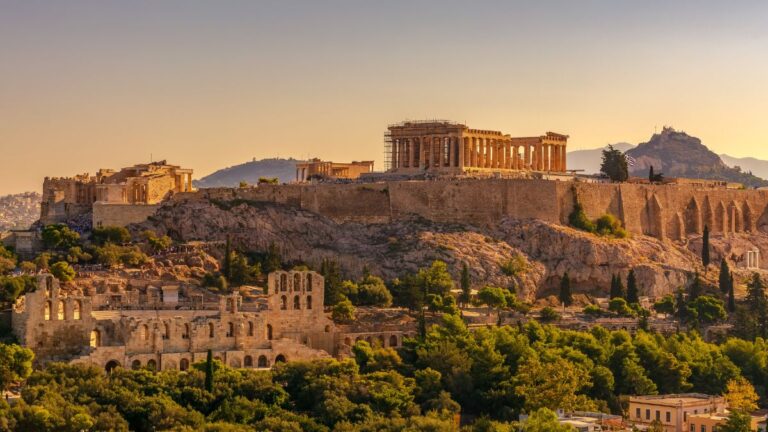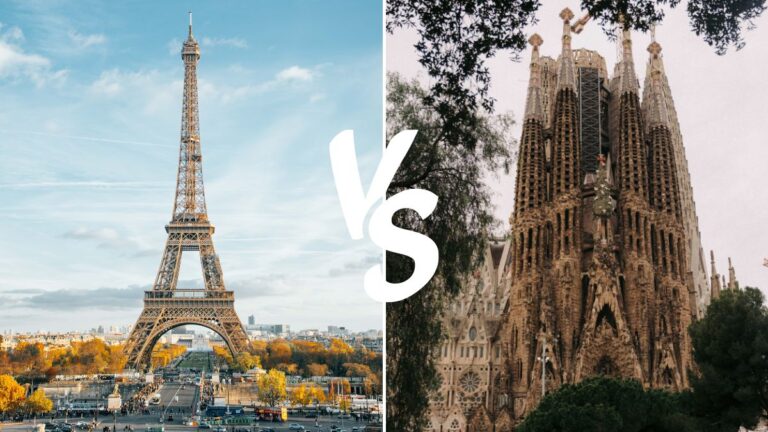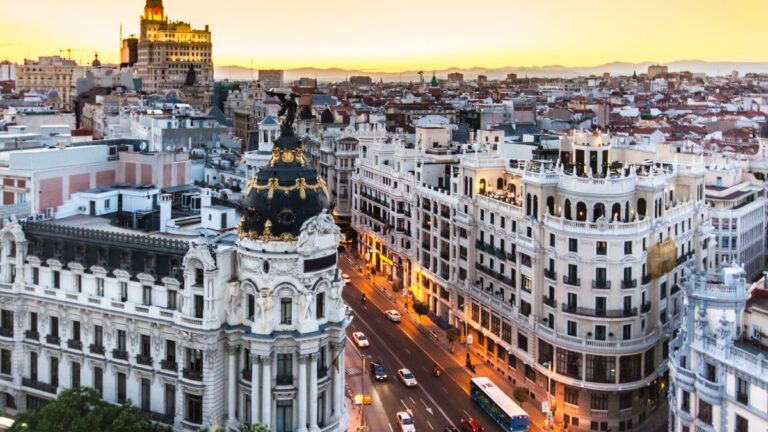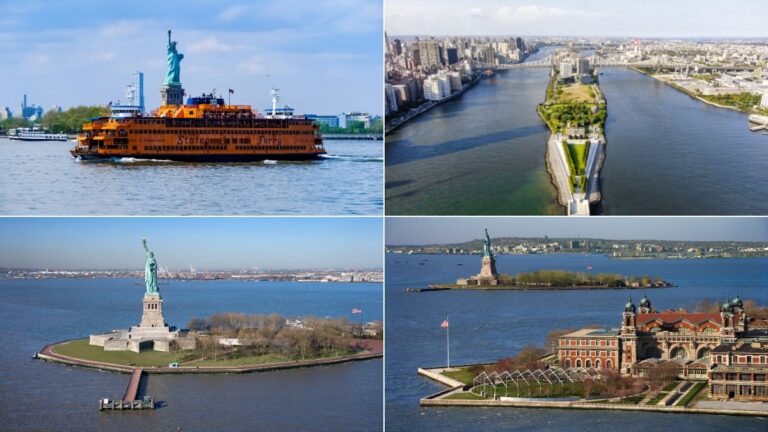Benefits Of Slow Travel And How To Do It Right

As participants in Amazon Associates and other programs, we earn from qualifying purchases. This comes at no additional cost to you. For more details, see our Affiliate Disclosure.
Traveling slowly isn’t just a way to see the world; it’s a way to truly experience it. In our fast-paced lives, we often forget the joy of taking our time, of soaking in the details of a place, its culture, and its people. Slow travel is about embracing this philosophy, about finding depth in our journeys rather than trying to cover as much ground as possible. It’s about connection, understanding, and taking a breath to appreciate where we are. In this article, we’ll explore why slow travel can be so rewarding and share practical tips on how to do it right.
Embracing Local Cultures: The Heart of Slow Travel
When you travel slowly, you get a unique opportunity to become part of the local fabric of a place. It’s not just about seeing the sights; it’s about living them. You might find yourself learning to cook a traditional dish from an Italian nonna in Tuscany or joining a local festival in a small village in India. These experiences are what truly connect you to a place and its people. By staying longer in one place, you witness the daily rhythms of life that tourists often miss. You learn the language, understand local jokes, and see the genuine smiles that come from real connections. This deep immersion allows you to appreciate the nuances of different cultures in a way that fleeting visits can’t.
But embracing local cultures is more than just an enriching experience; it’s a responsibility. As slow travelers, it’s crucial to approach cultures with respect and humility. Learn a few words of the local language, understand the customs, and always ask before taking photos. Be an observer, not an intruder. Support local businesses by buying from small shops and eating at local restaurants. These actions not only enrich your travel experience but also help sustain the communities you visit. In this exchange, you give as much as you receive, creating a mutually beneficial relationship that defines the essence of slow travel.
Sustainable Tourism: A Pillar of Slow Travel
Slow travel naturally lends itself to sustainable practices. By spending more time in fewer places, you reduce the environmental impact often associated with frequent travel. Choosing trains over planes, staying in eco-friendly accommodations, and eating local, seasonal food are all part of this approach. It’s about making conscious choices that minimize your carbon footprint and contribute positively to the environment. When you travel slowly, you have the time to seek out these sustainable options, understanding that every choice you make has a ripple effect on the places you visit.
Moreover, sustainable tourism is about ensuring that tourism supports the local economy and doesn’t exploit it. It’s about making sure that the beautiful places we visit today are preserved for future generations. This might mean visiting less popular destinations to avoid contributing to over-tourism or participating in volunteer work that helps local communities. Slow travelers often find that these sustainable practices not only make their journeys more responsible but also more fulfilling. They leave a place knowing that their visit had a positive impact, and in return, they carry with them a deeper understanding and appreciation of the world.
Personal Growth and Mindfulness Through Slow Travel
Traveling slowly is as much a journey inward as it is outward. Away from the hustle of everyday life, you find the space to reflect, to grow, and to connect with yourself. This form of travel encourages mindfulness – a deep awareness of the present moment. Whether you’re wandering through the quiet streets of a sleepy town or observing the sunset over a serene landscape, slow travel allows you to savor these moments, to be fully present in them. This mindfulness leads to a greater appreciation of the world around you and a deeper connection to the experiences you have.
The personal growth that comes with slow travel is profound. You learn to adapt to new situations, understand different perspectives, and challenge your own assumptions. It’s about stepping out of your comfort zone at a pace that allows you to process and learn from each experience. The challenges you face, the people you meet, and the cultures you immerse yourself in contribute to a deeper understanding of yourself and the world. This journey of self-discovery is a priceless aspect of slow travel, leaving you with not just memories, but lessons and insights that last a lifetime.
Cost-Effective Journeys: Maximizing Your Travel Budget
One of the practical benefits of slow travel is how it can be more cost-effective than traditional forms of tourism. When you stay in one place for a longer period, you often get better deals on accommodation – think weekly or monthly rates instead of nightly ones. You also have the opportunity to cook your own meals, shop at local markets, and avoid the premium prices often charged at tourist hotspots. This way, your travel budget stretches further, allowing you to enjoy longer stays or perhaps even visit more destinations.
Moreover, slow travel allows you to discover cost-saving secrets that only locals know. This might include the best affordable eateries, free community events, or less expensive modes of transportation. You learn to travel like a local, which is not only budget-friendly but also adds an authentic flavor to your journey. Plus, when you’re not rushing from one place to another, you avoid the costs that come with trying to cram everything into a short period. In slow travel, the saying “less is more” holds true – less rushing around means more meaningful experiences, all while keeping your expenses in check.






